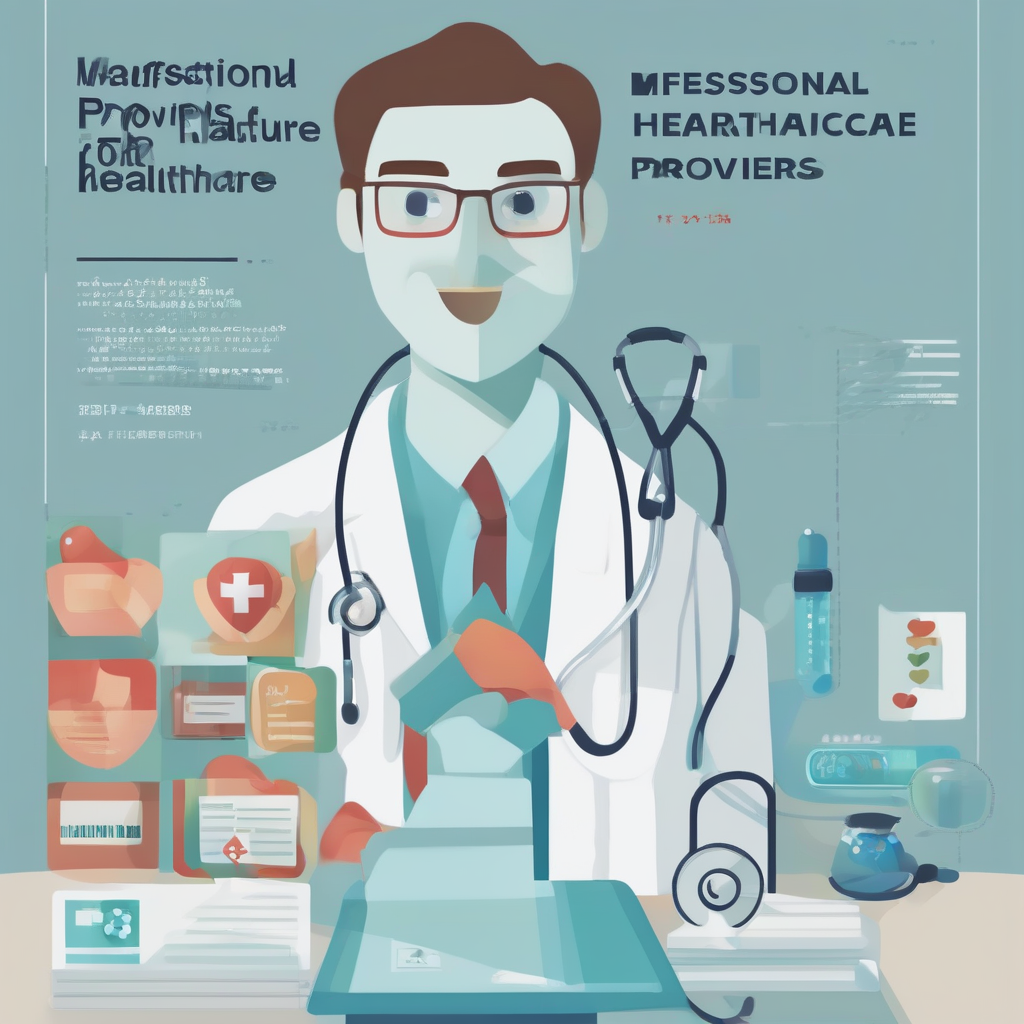Mastering the Art of the Professional Sample: A Comprehensive Guide for Healthcare Providers
In the competitive landscape of healthcare, showcasing your skills and experience effectively is paramount. Professional samples serve as powerful tools, allowing you to demonstrate your capabilities to potential employers, clients, or collaborators. This guide offers a comprehensive overview of creating compelling professional samples for healthcare providers, covering diverse roles and specialties.
I. Understanding the Purpose of Professional Samples
Professional samples aim to visually and concisely illustrate your expertise. They are not simply a rehash of your resume; instead, they provide tangible evidence of your skills in action. Their purpose varies depending on the context:
- Job Applications: Showcase relevant experience and skills, making your resume more impactful.
- Portfolio Building: Demonstrate a range of accomplishments and expertise to attract new clients or opportunities.
- Networking Events: Provide a readily available, impressive representation of your work.
- Continuing Education Applications: Support claims of proficiency and experience.
II. Types of Professional Samples for Healthcare Providers
The type of sample you create depends significantly on your profession and the specific context. Here are some examples:
A. For Physicians and Surgeons:
- Case Studies: Detailed accounts of patient care, highlighting your diagnostic and treatment skills. Focus on the patient’s presentation, your interventions, the outcomes, and lessons learned. Maintain patient confidentiality by removing identifying information.
- Research Papers and Publications: Demonstrate your contributions to medical knowledge and research capabilities. Include abstracts and links to full publications where available.
- Curriculum Vitae (CV): A more extensive version of a resume, particularly important for academic or research-focused positions. Detail your publications, presentations, grants, and awards.
- Letters of Recommendation: Obtain strong letters from colleagues, supervisors, or patients who can attest to your abilities.
B. For Nurses and Allied Health Professionals:
- Patient Care Plans: Showcase your ability to develop comprehensive and effective care plans. Demonstrate critical thinking and problem-solving skills. Again, maintain patient confidentiality.
- Treatment Summaries or Progress Notes: Illustrate your clinical skills and ability to communicate effectively within a healthcare team. Focus on concise and accurate documentation.
- Educational Materials or Presentations: If you’ve developed educational materials or given presentations, include these to highlight your teaching or training capabilities.
- Certificates and Licenses: Ensure your certifications and licenses are current and readily available for verification.
C. For Healthcare Administrators:
- Strategic Plans or Proposals: Showcase your ability to develop and implement effective strategies to improve healthcare delivery. Highlight measurable outcomes and achievements.
- Budget Summaries or Financial Reports: Demonstrate your financial management skills and ability to control costs effectively.
- Performance Improvement Projects: Present successful projects that improved efficiency, quality, or patient satisfaction.
- Letters of Recommendation from Previous Employers: Seek letters of recommendation from past supervisors that highlight your leadership and management skills.
D. For Medical Coders and Billers:
- Coding Audits or Samples of Coded Charts: Demonstrate accuracy and proficiency in medical coding. Include a brief explanation of your methodology and the challenges you encountered.
- Examples of Successfully Resolved Billing Issues: Showcase your problem-solving skills in resolving complex billing problems.
- Certificates of Completion for Coding Courses or Training Programs: Provide evidence of ongoing professional development.
III. Creating Effective Professional Samples
Regardless of your profession, several key principles apply to creating effective professional samples:
- Relevance: Tailor your samples to the specific job or opportunity. Highlight the skills and experience most relevant to the target audience.
- Clarity and Conciseness: Present your information clearly and concisely, avoiding jargon or overly technical language. Use bullet points and headings to improve readability.
- Professionalism: Maintain a consistently professional tone and style throughout your samples. Ensure your documents are free of grammatical errors and typos.
- Confidentiality: Always protect patient privacy and confidentiality. Remove identifying information from any patient-related documents.
- Visual Appeal: Use a clean and professional layout. Choose appropriate fonts and spacing to enhance readability.
- Quantifiable Results: Whenever possible, quantify your achievements and demonstrate the impact of your work. Use metrics to illustrate your success.
- Storytelling: Frame your experiences as compelling narratives that showcase your skills and expertise. Focus on the problem, your solution, and the positive outcome.
IV. Organizing and Presenting Your Samples
Once you’ve created your samples, it’s crucial to organize and present them effectively:
- Digital Portfolio: Create a digital portfolio using platforms like LinkedIn, a personal website, or a cloud storage service. This makes it easy to share your samples with potential employers or clients.
- Physical Portfolio: For in-person interviews or networking events, consider creating a physical portfolio containing printed copies of your best samples.
- Cover Letter: Always accompany your samples with a well-written cover letter that highlights your key qualifications and explains how your samples demonstrate your skills and experience.
V. Continuously Updating Your Samples
Your professional samples should not be static documents. As your skills and experience grow, update your samples to reflect your latest accomplishments. Regularly review your samples to ensure they remain relevant and effective.
VI. Legal and Ethical Considerations
Always adhere to legal and ethical standards when creating and presenting your professional samples. Be mindful of HIPAA regulations and other relevant laws regarding patient privacy and confidentiality. Obtain necessary permissions before using any patient-related information in your samples. Plagiarism is unacceptable; always cite sources correctly.

